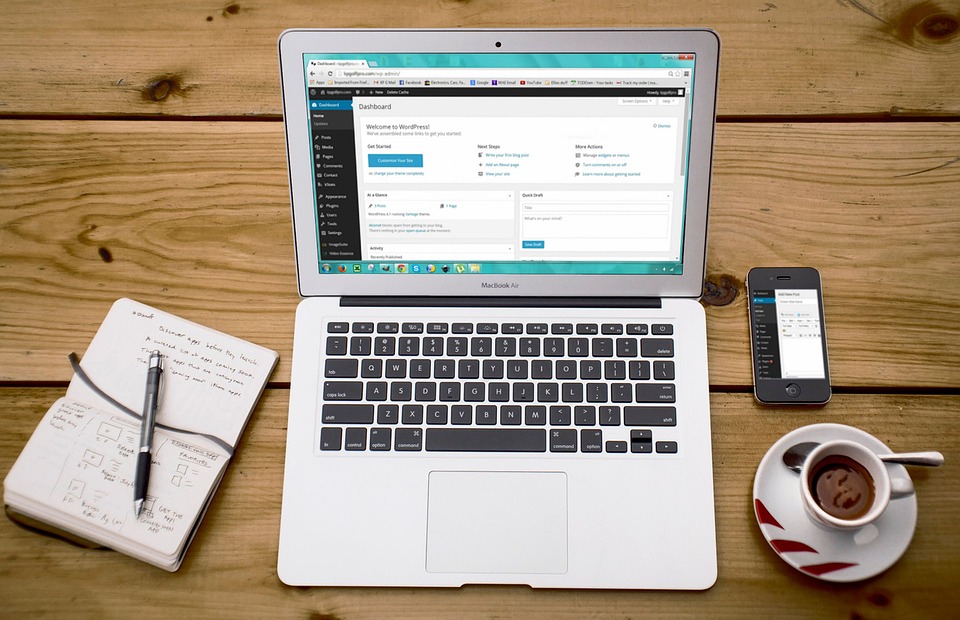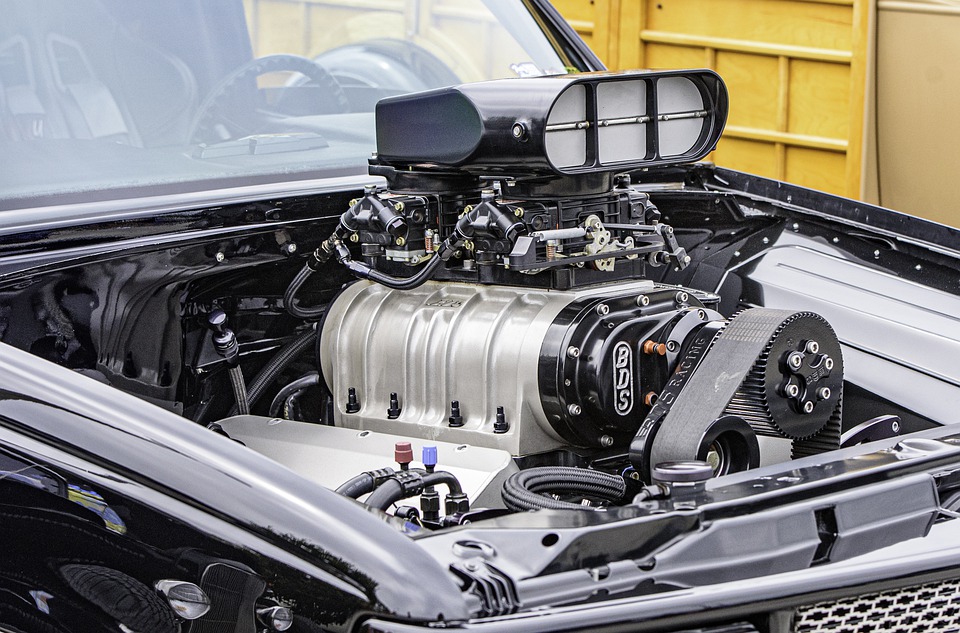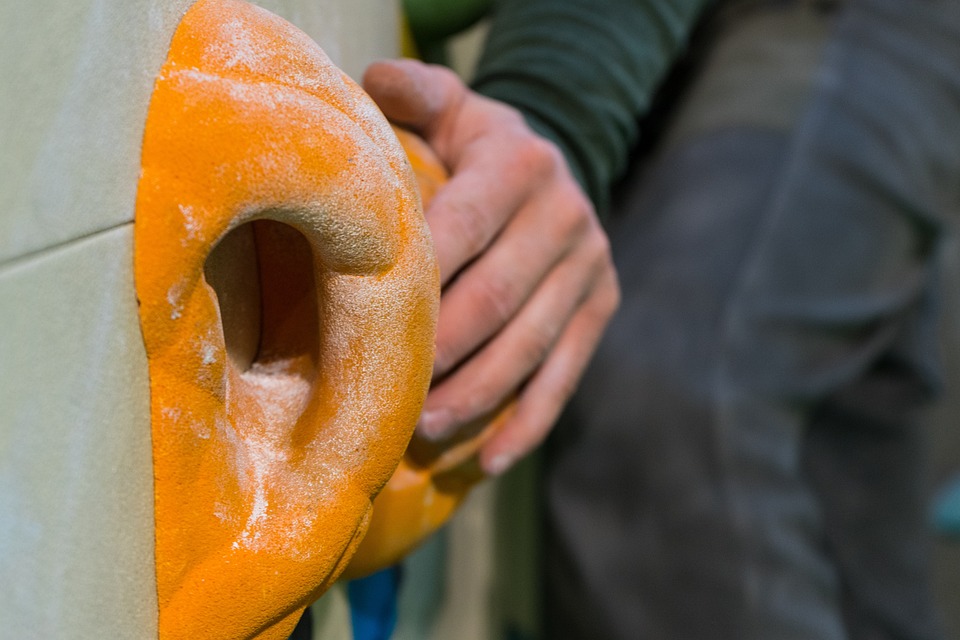Welcome to the world of WordPress! As a popular content management system (CMS), WordPress empowers users to create stunning websites and blogs without needing extensive technical knowledge. For those just starting, the WordPress dashboard can appear overwhelming with its myriad options and settings. This tutorial will guide you through the essentials, helping you feel confident as you begin your WordPress journey.
Understanding the WordPress Dashboard
The WordPress dashboard is your website’s control center. It’s where you’ll manage all aspects of your site, from content creation to site customization. When you log into your WordPress website (usually via yoursite.com/wp-admin), you will see the dashboard interface. Here’s a breakdown of its main components:
1. Admin Bar
At the top of the page, you’ll see the admin bar. This bar provides quick access to various features while you’re on the website. Here, you can:
- View your site
- Create new posts or pages
- Access profile settings
- Log out
2. Left Sidebar Menu
The left sidebar is where most of the action happens. This area gives you access to all the key sections of your site. Here’s a closer look at the main menu options:
- Dashboard: The main overview of your site, displaying important statistics, recent activity, and update notifications.
- Posts: Create, edit, and manage blog posts. You can also categorize and tag your posts here.
- Media: Upload and manage your images, videos, and audio files. You can organize your media library to easily locate files.
- Pages: Similar to posts, but typically used for static content like "About Us," "Contact," or service pages.
- Comments: Manage comments left by visitors on your posts. Here, you can approve, reply to, or delete comments.
- Appearance: Customize your site’s design. This includes selecting themes, managing widgets, and setting up menus.
- Plugins: Add functionality to your site by installing and managing plugins. Plugins are tools that can enhance your website’s capabilities, such as SEO optimization, security, or performance enhancements.
- Users: Manage user accounts, roles, and permissions. You can add new users and define their access levels.
- Tools: Access various utilities, including importing and exporting data.
- Settings: Configure your site’s settings, such as site title, timezone, and permalink structure.
3. Dashboard Widgets
The main dashboard page features various widgets that provide a snapshot of your site’s activity. These widgets can show you recent posts, comments, and statistics about your site. You can customize which widgets you want to display by clicking the “Screen Options” button at the top right of the page.
Basic Tasks in the Dashboard
Now that you’re familiar with the layout, let’s cover some basic tasks you’ll likely perform regularly:
Creating a Post
- Go to Posts > Add New.
- Enter your post title and content. Use the block editor to add media, create headings, and structure your content.
- Assign categories and tags on the right sidebar for better organization and SEO.
- Publish the post by clicking the “Publish” button.
Uploading Media
- Navigate to Media > Add New.
- Drag and drop files or use the “Select Files” button to choose media from your computer.
- Once uploaded, click on the file to edit its details, like alternative text for SEO.
Customizing Your Site’s Appearance
- Go to Appearance > Themes. You can browse and install new themes to change your site’s look.
- After selecting a theme, click “Customize” to access the WordPress Customizer, where you can edit site title, colors, and more.
Installing Plugins
- Go to Plugins > Add New.
- Use the search bar to find a plugin, click “Install Now,” and then activate it.
- Some plugins have their own settings found in the left sidebar after activation.
Tips for a Smooth Start
- Explore and Experiment: Don’t be afraid to click around the dashboard and familiarize yourself with different features.
- Use Help Resources: The WordPress community is vast. Take advantage of tutorials, forums, and documentation available online.
- Backup Regularly: Always keep a backup of your website. Consider using plugins that automate this process.
- Keep Everything Updated: Regularly update your WordPress version, themes, and plugins to enhance security and functionality.
Conclusion
The WordPress dashboard may seem daunting at first, but by taking the time to explore its features and functionalities, you’ll soon find it to be a powerful tool for building and managing your online presence. As you continue your WordPress journey, remember that practice makes perfect. With each new post, page, or theme customization, you’ll gain confidence and finesse in navigating your WordPress dashboard. Happy blogging!
Contact Us





